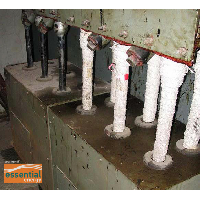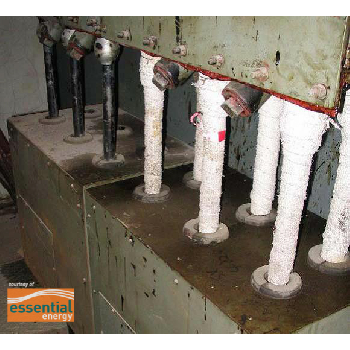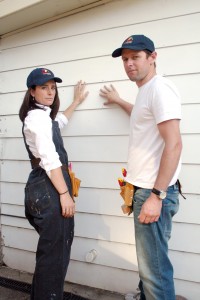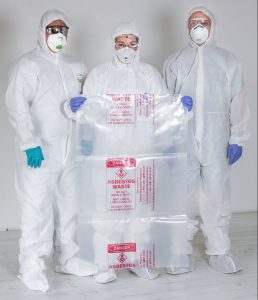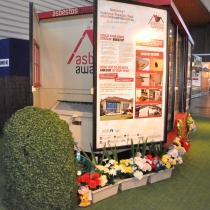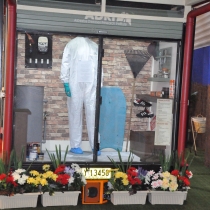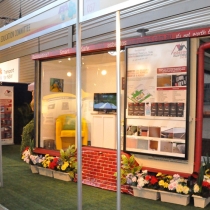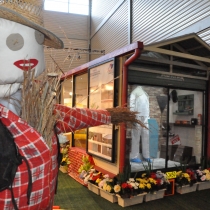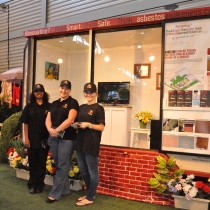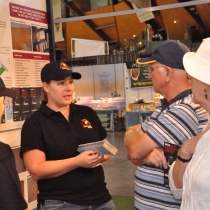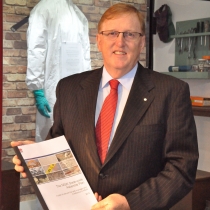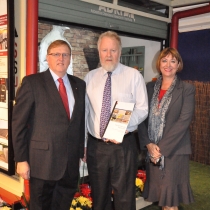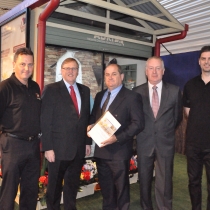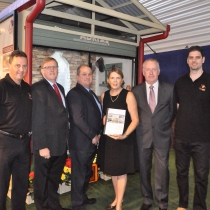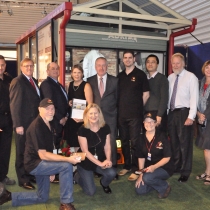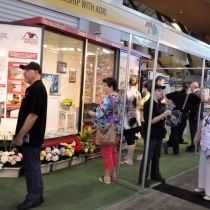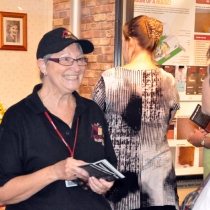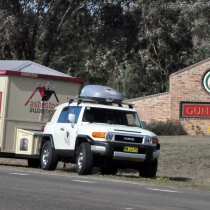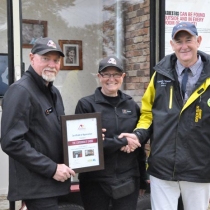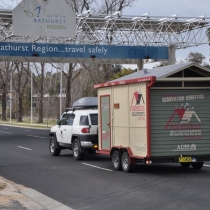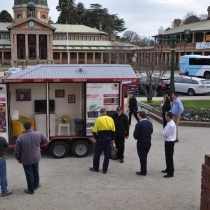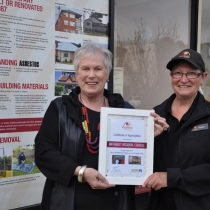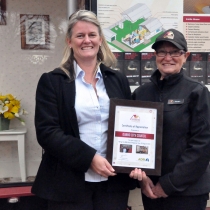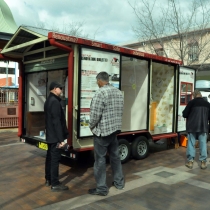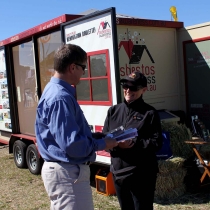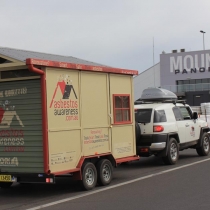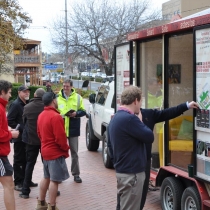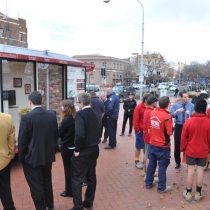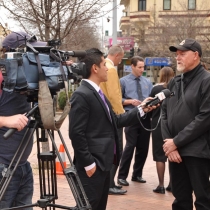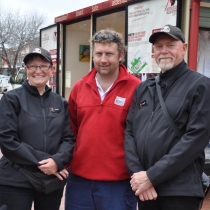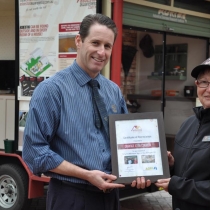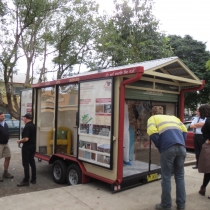HOMEOWNERS
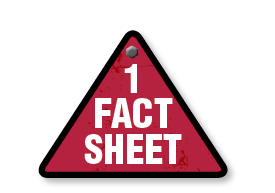 |
FACT SHEET 1: WORKING SAFELY WITH ASBESTOS AROUND THE HOMEA simple guide to ensure homeowners manage asbestos safely. Download Size 3MB |
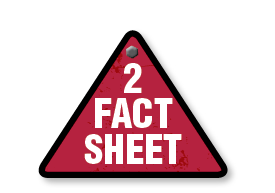 |
FACT SHEET 2: SAFE PRACTICES FOR HOMEOWNERS REPAIRING OR REMOVING SMALL AMOUNTS OF ASBESTOS MATERIALSA detailed guide to ensuring homeowners manage asbestos safely when repairing or removing small amounts of asbestos safely. Download Size 4MB |
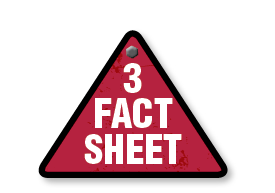 |
FACT SHEET 3: SAFE PRACTICES FOR RURAL & REGIONAL HOMEOWNERS & FARMERS REPAIRING OR REMOVING SMALL AMOUNTS OF ASBESTOS MATERIALSA simple guide ensuring safe practices for the management of asbestos in rural and regional communities and on farms. Download Size 4MB |
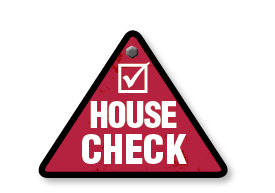 |
THE RESIDENTIAL CHECKLIST: A HOMEOWNER’S GUIDE TO IDENTIFYING ASBESTOS-CONTAINING MATERIAL TO MANAGE IT SAFELY‘The Residential Checklist‘ is designed to empower homeowners and renovators with a better understanding of the possible locations of asbestos-containing materials in homes and the knowledge they need to ensure it is managed safely. These Checklists include product images and lists each possible location where asbestos-containing materials might be found both inside and outside homes. By following simple step-by-step instructions, in less than an hour homeowners can have a better understanding of the types of products that might be in their home and if it’s in need of maintenance, repair or removal. Download Size 4MB |
 |
BLANK CHECKLIST TABLE FOR ADDITIONAL LOCATIONS & PRODUCTSAdditional blank tables for checklists if you require additional space. Download Size 1MB |
 |
BLANK SCHEDULE TABLEAdditional blank schedule table if you require additional space. Download Size 1MB |
TRADIES
FACT SHEETS
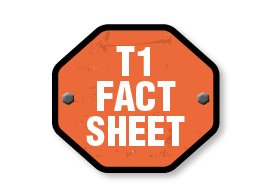 |
T1: 20 POINT SAFETY CHECK FOR TRADIESDownload Size 2MB |
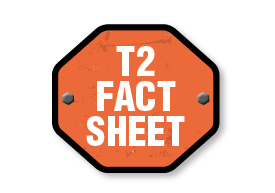 |
T2: A TRADIE’S GUIDE TO SAFE PRACTICES IN MANAGING ASBESTOS IN RESIDENTIAL PROPERTIESA detailed guide to ensure tradies manage asbestos safely when working in residential properties. Download Size 4MB |
CHECKLISTS
T3: A Trades-person’s Guide to Asbestos Containing Materials in Domestic PropertiesAn instruction guide for the Tradies Residential Asbestos Checklist Download Now |
|
 |
Total Property Checklist – GenericA total property guide to ensure tradies manage asbestos safely when working in residential properties. Download Now |
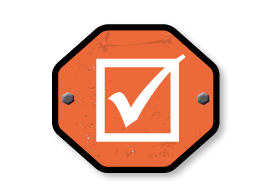 |
Blank Checklist Tables For TradiesAdditional tables for checklists if you require additional space. Download Now |
 |
Blank Repair Schedules For TradiesAdditional repair schedules for checklists if additional space is required. Download Now |
TRADE SPECIFIC CHECKLISTS
| Instruction Guide: Residential Asbestos Checklist For Tradies – Download Checklist 4mb | |
|
|
|
|
|
|
|
|
|
|
|
|
|
|
|
|
|
|
|
|
|
|
|
|
|
|
|
|
|
|
|
|
|
|
|
|
|
|
|
|
|
|
TOOLBOX TALKS
 |
National Asbestos Awareness Month Toolbox TalkDownload Now |
 |
Unexpected Asbestos FindsDownload Now |
 |
Types of asbestos common in constructionDownload Now |
 |
Naturally Occurring AsbestosDownload Now |
 |
Managing asbestos in the workplaceDownload Now |
 |
Exploding Asbestos MythsDownload Now |
 |
Commercial Non-residential PropertiesDownload Now |
 |
Asbestos Management Plans & RegistersDownload Now |
 |
Asbestos in residential propertiesDownload Now |
 |
Rural and regional propertiesDownload Now |
 |
Download All 10 Toolbox Talks in single PDF Download All 10 Toolbox Talks in zip file |
COMMERCIAL & NON-RESIDENTIAL
 |
ASBESTOS MANAGEMENT HANDBOOK FOR COMMERCIAL & NON-RESIDENTIAL PROPERTIESThe Handbook is a comprehensive guide providing information on the roles and responsibilities of property owners, managers, contractors, sub-contractors, foreman and workers. It features easy to follow step-by-step instructions on how to develop and implement policies and procedures to assist in identifying and managing asbestos safely and in accordance with regulations. It includes a list of property types across multiple sectors including government, business (high rise, mid-rise, low rise), industrial, agriculture, recreation, education and more. The Handbook that explains complex information in user-friendly, accessible terms is complemented by Fact Sheets and Templates. The Handbook also features images of asbestos-containing products commonly found in commercial and non-residential properties.
|
 |
ASBESTOS REGISTER TEMPLATEThe Asbestos Register is one of the most important documents required to manage asbestos safely. The Template can be downloaded in Excel enabling users to note the locations and types of asbestos-containing materials (ACMs) found in properties, the areas where ACM is suspected but not confirmed, if and when testing has been conducted; and, if ACM has or is to be removed.
|
 |
MODEL ASBESTOS MANAGEMENT PLAN (AMP) GUIDE TEMPLATEWhile the Handbook provides instructions and recommendations for developing an Asbestos Management Plan (AMP), this Template is a user-friendly guide that lists the various steps required to meet mandatory requirements. The Template is pre-prepared in Word and incorporates all the information required to ensure asbestos is managed safely and in accordance with regulations.
|
 |
ASBESTOS REMOVAL RECORD TEMPLATEThe Asbestos Removal Record Template enables users to record the removal of asbestos-containing materials (ACMs) found in properties.
|
 |
WORKERS TRAINING REQUIREMENTS & RECORDS TEMPLATEIt is a mandatory requirement that all workers who may come into contact with asbestos must be trained to identify and manage asbestos and ACMs in accordance with regulations, and to ensure they understand the risks and procedures required to manage asbestos safely. All training of workers must be recorded and maintained for five years after employment has ceased. The Template can be downloaded in either Excel or Word to assist managers in recording all staff training in accordance with regulations.
|
 |
MODEL ASBESTOS POLICY FOR CONTRACTORS & BUILDERS TEMPLATEThe Model Asbestos Policy Template is designed to assist contractors and builders to initiate asbestos safety policies in their workplace. The Template can be downloaded in Word to enable managers or business owners to incorporate a logo, company name and any additional information they wish to include as part of their Asbestos Policy.
|
 |
MODEL ASBESTOS MANAGEMENT PROCEDURES FOR CONTRACTORS & BUILDERS TEMPLATEAsbestos Management Procedures are an essential part of an AMP. The Template is designed to provide contractors and builders with the resources they need to ensure their asbestos management procedures are effective to minimise exposure of asbestos fibres among workers.
|
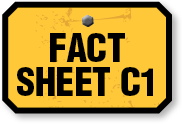 |
FACT SHEET C1 – UNEXPECTED ASBESTOS, ACM FINDS OR INCIDENTS PROCEDURES FLOW CHARTThe Flow Chart provides a user-friendly, step-by-step visual guide to managing unexpected asbestos finds in accordance with regulations which can be displayed in the workplace and issued to workers as part of their training.
|
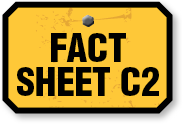 |
FACT SHEET C2 – UNEXPECTED ASBESTOS FINDS OR INCIDENTSUnexpected asbestos finds pose a threat to workers so it’s vital that they are trained in the steps required to minimise exposure to asbestos fibres. This Fact Sheet provides guidance and step-by-step procedures for managing unexpected finds or incidents and where possible, what is required to minimise any future risks.
|
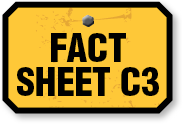 |
FACT SHEET C3 – ASBESTOS MANAGEMENT RECOMMENDATIONS AND GUIDELINESThe Asbestos Management Recommendations & Guidelines Fact Sheet provides users with user-friendly information for the safe management of asbestos in commercial and non-residential properties which may be issued to workers as part of their training program.
|
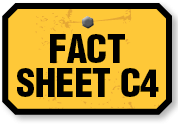 |
FACT SHEET C4 – USING PPE AND RPEKnowing when, why and how to use and lawfully dispose of PPE and RPE is critical to workers who may come in contact with asbestos on the job. This Fact Sheet provides step-by-step instructions on how to use and dispose of PPE and RPE in accordance with regulations.
|
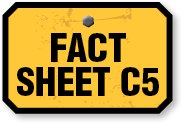 |
FACT SHEET C5 – ROLES AND RESPONSIBILITIES FOR THE MANAGEMENT OF ASBESTOS AND ACMThis Fact Sheet contains a matrix to visually demonstrate the various responsibilities of property owners, contractors, subcontractors and workers when it comes to managing asbestos safely in the workplace.
|
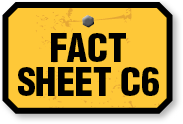 |
FACT SHEET C6 – 20 POINT SAFETY CHECK FOR CONTRACTORS, SUBCONTRACTORS AND WORKERSThis checklist provides 20 key points to assist in managing asbestos safely and may be used as part of asbestos awareness training programs.
|
 |
ALL COMMERCIAL RESOURCESAccess and download all files including ‘Print Ready’ files with crop marks, digital files and fact sheets etc |
NATURALLY OCCURRING ASBESTOS
While the NOA Guide was developed for use by people living in NSW, the practices the Guide recommends in establishing and maintaining a NOA Asbestos Management Plan may also be appropriate for use in any community where NOA has been identified or is suspected. Generic versions of the Naturally Occurring Asbestos – Asbestos Management Plan Guide and templates were created for reference by people living and working in states other than NSW. If you live in a state or territory other than NSW, contact your regulator to ensure NOA is managed in accordance with regulations.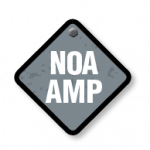 |
NATURALLY OCCURRING ASBESTOS – ASBESTOS MANAGEMENT PLAN GUIDEThe Naturally Occurring Asbestos – Asbestos Management Plan Guide explains the reasons why it’s important to manage NOA safely, when and where NOA may pose a potential health risk, who to contact for advice, and the steps required to manage NOA safely in accordance with NSW Work, Health and Safety Regulations 2017 and the Codes of Practice for asbestos management. User-friendly templates have been developed to assist people in developing and managing an Asbestos Management Plan. All templates are available in 2 formats. The first includes fields where users can type information, and the second is in PDF format that can be printed for handwritten notes.
|
 |
ASBESTOS MANAGEMENT PLAN – SITE SPECIFIC TEMPLATEThis template is designed for use when conducting risk assessments in various parts of properties as work is required.
|
 |
ASBESTOS MANAGEMENT PLAN – PROPERTY RISK ASSESSMENT TEMPLATEThis template enables users to itemise the necessary information when conducting a property risk assessment for naturally occurring asbestos.
|
 |
INCIDENT PROCEDURES & REPORT TEMPLATEThis template enables users to record incidents and steps to manage and record incidences should they occur.
|
 |
WORKERS TRAINING REQUIREMENTS & RECORDS TEMPLATEThis template assists managers in recording and maintaining records of training undertaken by workers in asbestos awareness and naturally occurring asbestos.
|
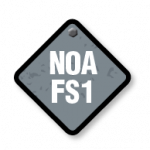 |
FACT SHEET 1: NOA DECONTAMINATIONThe Decontamination Fact Sheet provides information about the importance of personal and equipment decontamination when working with NOA and the steps for disposal and transportation of NOA. Download Size 1.3MB |
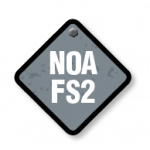 |
FACT SHEET 2: NOA RPE & PPEThe NOA RPE and PPE Fact Sheet provides information about Respiratory Protective Equipment (RPE) and Personal Protective Equipment (PPE) is, why it’s essential and how to use it correctly and effectively. Download Size 1.3MB Download Size 1.7MB |
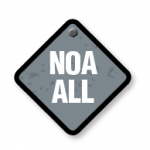 |
ALL NOA DOCUMENTATIONAccess and download all files including ‘Print Ready’ files with crop marks, digital files and fact sheets etc ACCESS ALL FILES |


